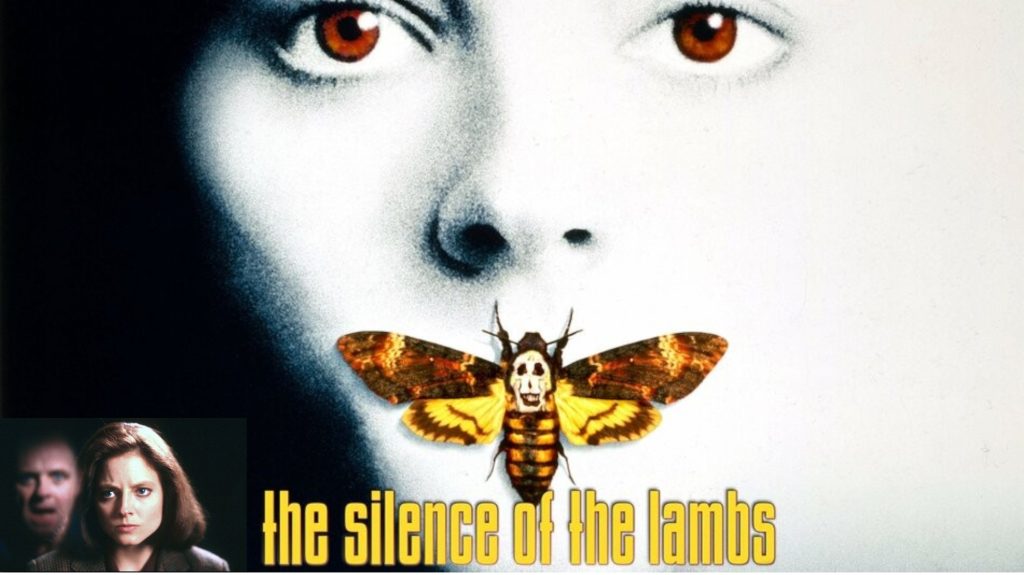The Silence of the Lambs is one of the most celebrated psychological thrillers ever made, a film that captivated audiences with its suspense, intelligence, and terrifying performances. Released in 1991, it has stood the test of time as a cinematic masterpiece that continues to inspire filmmakers and thrill viewers around the world.
Storyline that Redefined Suspense
The Silence of the Lambs begins with Clarice Starling, a young FBI trainee, tasked with interviewing Dr. Hannibal Lecter, a brilliant psychiatrist with a terrifying secret. Lecter is not only highly intelligent but also a cannibalistic serial killer. Clarice seeks his help in catching another murderer known as Buffalo Bill, who kidnaps and kills women.
What follows is a tense psychological battle between Clarice and Lecter. Their conversations are chilling, revealing as much about Clarice’s past and vulnerabilities as they do about Lecter’s sinister mind. With each clue Lecter provides, Clarice comes closer to identifying Buffalo Bill, leading to a suspenseful and unforgettable climax.
Star Cast that Shaped the Film
The Silence of the Lambs would not have been the same without its remarkable cast. Jodie Foster delivered a career-defining performance as Clarice Starling, earning her the Academy Award for Best Actress. Her portrayal of a young woman navigating a male-dominated field while battling her own fears brought emotional depth to the role.
Anthony Hopkins became a cinematic legend with his portrayal of Hannibal Lecter. Though he appeared on screen for less than twenty minutes, his commanding presence, chilling expressions, and unforgettable dialogue earned him the Academy Award for Best Actor. His performance redefined what a villain could be—intelligent, manipulative, and utterly terrifying.
Ted Levine’s disturbing portrayal of Buffalo Bill added another layer of menace, making the story even more unsettling. Supporting roles by Scott Glenn as Jack Crawford and Anthony Heald as Dr. Chilton contributed to the film’s immersive atmosphere.
Screenplay and Writing Excellence
Adapted by Ted Tally from Thomas Harris’s novel, the screenplay of The Silence of the Lambs is one of its strongest assets. It balances tense psychological interactions with a gripping crime narrative, keeping viewers on edge throughout.
The dialogue between Clarice and Lecter is masterfully written, each word dripping with subtext. Their exchanges are as much about psychology and manipulation as they are about solving the case. The screenplay elevates the film beyond a typical crime thriller, making it a study of human behavior and fear.
Produced by Visionaries of Cinema
Directed by Jonathan Demme, the film was produced by Kenneth Utt, Edward Saxon, and Ron Bozman. Their collective vision turned a dark and disturbing novel into an accessible yet deeply unsettling cinematic experience.
The production design, cinematography, and pacing all worked together to immerse the audience into a world that felt disturbingly real. From the claustrophobic prison scenes to the eerie silence of Buffalo Bill’s lair, every detail was crafted to enhance suspense.
Starring Roles that Became Legendary
Jodie Foster’s Clarice Starling is a character that remains iconic even decades later. She represents intelligence, determination, and resilience, making her one of the most respected female characters in film history.
Anthony Hopkins’ Hannibal Lecter is equally legendary, a villain so powerful that his presence lingers long after the film ends. His soft-spoken manner, piercing gaze, and chilling lines became part of pop culture. These starring performances elevated The Silence of the Lambs into a timeless masterpiece.
Music that Intensified the Mood
Howard Shore composed the haunting score that underlined the tension in The Silence of the Lambs. His music was not about jump scares or loud shocks but about building a slow-burning atmosphere of dread. The score complemented the storytelling perfectly, heightening suspense and emotion without overshadowing the performances.
The subtle yet impactful orchestration made the psychological battles between Clarice and Lecter even more gripping. It remains one of the most memorable thriller soundtracks in film history.
Review and Critical Reception
When The Silence of the Lambs was released, it became both a critical and commercial success. It grossed over $270 million worldwide and won five major Academy Awards: Best Picture, Best Director, Best Actor, Best Actress, and Best Adapted Screenplay.
Critics praised its intelligence, atmosphere, and unforgettable performances. Roger Ebert described it as “a compelling thriller with characters so memorable they become a part of our cultural memory.” Audiences too were captivated, often returning to watch the film multiple times to catch the psychological nuances.
Cultural Impact of The Silence of the Lambs
The Silence of the Lambs influenced countless thrillers and television shows that followed. Its success proved that audiences craved intelligent, character-driven suspense stories rather than simple horror. Hannibal Lecter became one of cinema’s greatest villains, spawning sequels, prequels, and even a television series.
Clarice Starling, on the other hand, inspired a new generation of female leads in thrillers. The film broke barriers by showcasing a strong, intelligent woman at the center of a suspenseful narrative, setting a new standard for the genre.
Lasting Legacy in Modern Cinema
Even decades later, The Silence of the Lambs continues to be a benchmark for psychological thrillers. Its perfect balance of suspense, character development, and chilling realism ensures its place in the history of cinema. Filmmakers, writers, and actors still study it as an example of how to craft a thriller that is both thought-provoking and terrifying.
It is more than just a film—it is an experience that lingers in the minds of viewers, making them reflect on fear, power, and the human psyche.
Read also:
how to archive a google classroom
how to archive google classes
how to archive google classrooms
how to unarchive a class in google classroom

